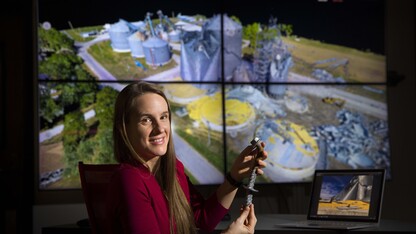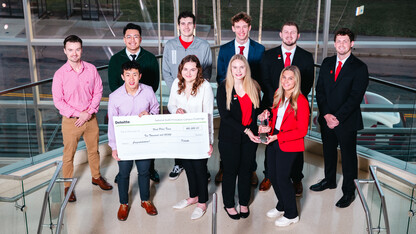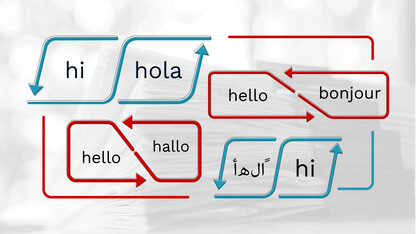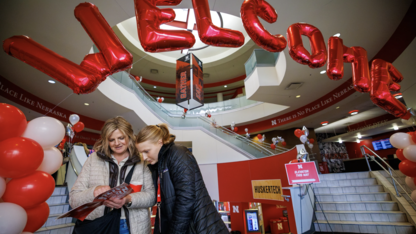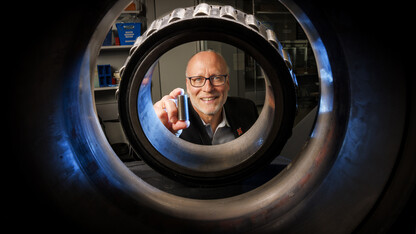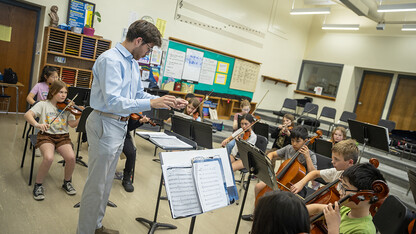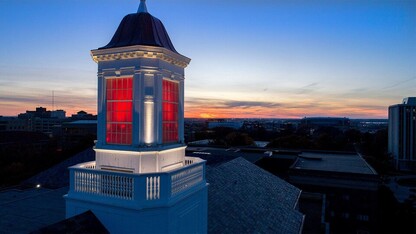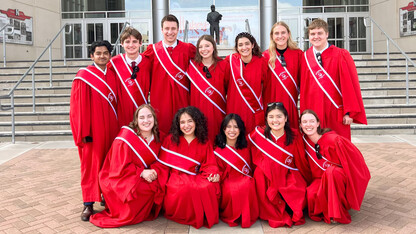· 3 min read
Team to prepare power-generating material for space flight, security
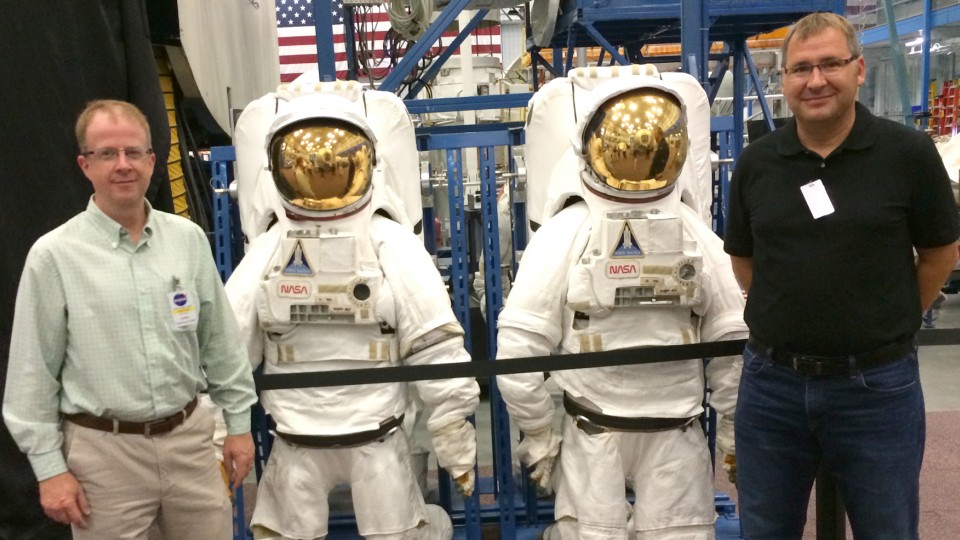
A UNL physics and astronomy team has won a two-year NASA grant to further research that could someday revolutionize border and international security practices.
The team, led by Axel Enders, associate professor of physics and astronomy, will prep a material for testing on the International Space Station. The material will enable generation of electric power using neutrons for future deep space flights. The material, boron carbide, also has been shown to be a good detector of radioactive material.
Enders and his team have been working the past year on fine-tuning the boron carbide and engineering it to be a better semi-conductor, in order for it to be used as an energy device in deep space. The boron carbide is able to produce electricity by absorbing neutrons from radioactive material as it decays.
“The project that led to this was a three-year grant (through the University of Nebraska at Omaha-NASA Space Grant Consortium) that we have just finished the first year of, where we are developing a new type of solar cell, but it’s a solar cell that doesn’t need light,” Enders said. “It works with neutrons instead, which are easily made in space. And you need those things for satellites that go deep into space when you leave the solar system, because then a solar panel doesn’t work.”
NASA also funded the development of the cells with a three-year grant awarded to Nebraska EPSCoR, which is being overseen by Enders. The new NASA grant allows testing of the material in space, which will demonstrate its stability in harsh environments.
“The main question we want to study there is how does our material experience fatigue in a space environment because of exposure to cosmic radiation and various radiations in space,” he said. “That is something that we have not tested on Earth.”
Enders said he also wants to know how well the boron carbide, when placed in a detector manufactured by his team, will be able identify radioactive material.
“That has many implications also for life on Earth, because anyone concerned with safety at the borders of the United States, for instance, must have means for detecting illegal materials being brought into the country, such as radioactive materials,” Enders said. “We want to show our device is a good detector for that.”
A team of undergraduates will complete much of the material prep work, he said.
Enders said the package will go up in space in about 18 months and will spend one to three months on ISS, depending on the NASA Space X launch schedule of unmanned rockets from Cape Canaveral, Fla. Once it returns, the material will be analyzed and further experiments will be completed.
Enders’s proposal required first approval from Nebraska EPSCoR and was one of two Nebraska proposals forwarded to NASA for consideration. Nationally, 16 proposals were submitted and five, including Enders’, were funded. The amount awarded was $100,000. The co-principal investigators are UNL’s Peter Dowben, professor of physics and astronomy; and Ned Ianno, Mohr Professor of Electrical Engineering.
